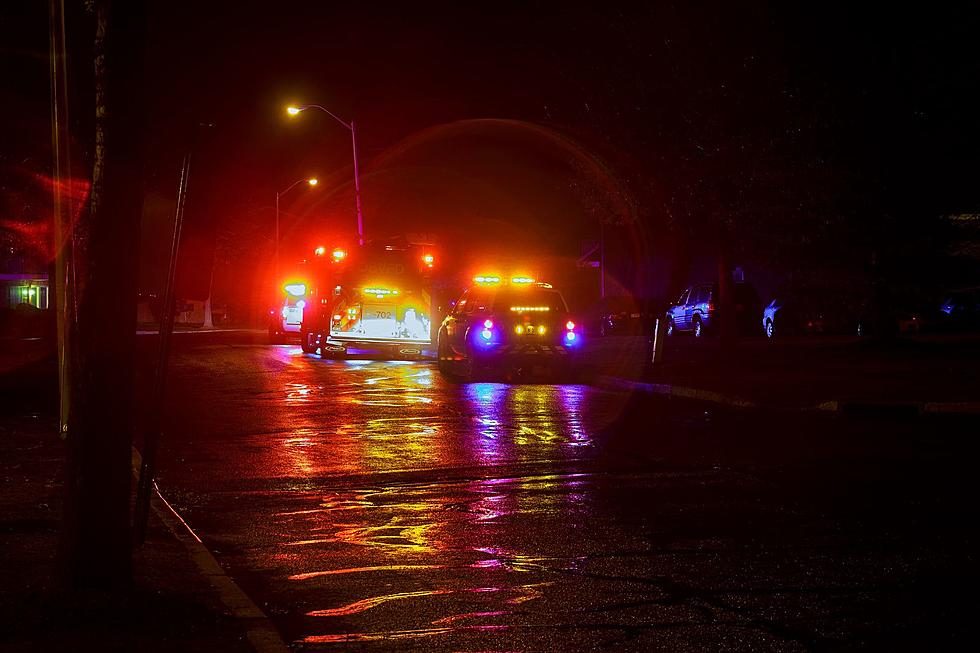
T.F. Police Department to Start Using Body-worn Cameras
TWIN FALLS, Idaho (KLIX) – Come August the Twin Falls Police Department will be using body-worn cameras.
Capt. Anthony Barnhart and other city staff members held a press briefing on Tuesday morning, explaining about the cameras and the department’s decision to start using them.
“First and foremost we need to be a professional police department in the 21st century,” he said. “Our community expects us to be professional and we want to be transparent.”
The department plans to implement the technology slowly but eventually will have 60 chest-mounted cameras, used by all uniformed on-duty officers.
Barnhart said the department has been experimenting with camera technology since 1996, when it started using 8mm cameras, and stand-alone VHS systems in 1998. It looked at using new technology in 2007 and 2011.
Our community expects us to be professional and we want to be transparent.
Riots in Ferguson, Mo., in 2014 followed by civil unrest in Baltimore, Md., the following year laid further claim to police departments having video eyes on their interactions with the public and to capture evidence. Technology had improved, and the fiscal means to make the plan a reality was in line.
It was time.
In 2015, the police department was awarded a $90,000 matching grant from the U.S. Department of Justice to help implement the program. The city pitched in another $49,000, for a total of $229,000 to fund the program.
Twin Falls is one of 73 police departments out of more than 200 that applied for the grant and received it, Barnhart said, noting many community stakeholders are involved. He said the Twin Falls County Sheriff’s Office is interested in using similar cameras for its deputies, but the county first wants to see what the city does with its program.
By implementing the process slowly many of the questions from stakeholders can be answered, said Grant Writer Mandi Thompson.
The department currently is searching for a vendor. When the cameras arrive, each uniformed officer will be assigned a camera when on duty, and dock it at the end of their shift. All criminal recordings will be reviewed by the city prosecutor. Recordings also will be reviewed by the sergeant from time to time as a quality control measure, and if ever there is a citizen complaint against an officer.
Barnhart said each officer will receive two to four hours of training. Whenever an enforcement action takes place officers will be required to turn on the camera, he said.
In 2012, researchers from the University of Cambridge’s Institute of Criminology conducted a 12-month study of body-worn cameras used by police in Rialto, Calif., and found an 87 percent reduction in citizen complaints against police officers because of the cameras.
“That footage is just another piece of evidence,” said Sgt. Brent Wright.
Recordings will be archived for review and investigation. Some will remain archived longer than others, depending on the reporting incident: Rape and homicide investigations will be archived for 100 years; felonies for five years; misdemeanors for two years; and accidental reporting files, such as recordings of non-crime incidences, for 14 days.
In the digital when it seems most everyone has a mobile camera, Barnhart said, the body-worn cameras are a way for the police department to become more modern and professional.
“We want to live up to the expectations of the public,” he said.
More From 95.7 KEZJ









